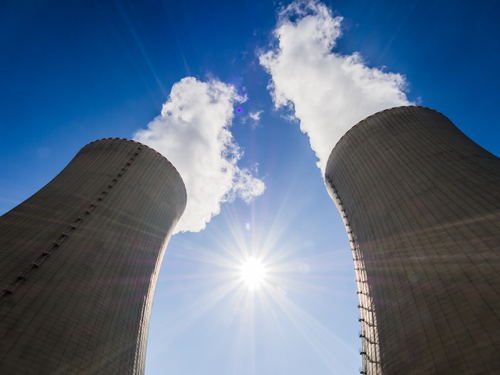International Atomic Energy Agency report forecasts potential declining role for nuclear energy

A new report from the International Atomic Energy Agency (IAEA) projects that nuclear electricity generating capacity may decrease over the next few decades due to increased retirements and reduced competitiveness.
“The declining trend in our low projection for installed capacity up to 2050 suggests that, without significant progress on using the full potential of nuclear power, it will be difficult for the world to secure sufficient energy to achieve sustainable development and to mitigate climate change,” IAEA Director General Yukiya Amano said.
The 38th edition of Energy, Electricity and Nuclear Power Estimates for the Period up to 2050 provides low and high estimates of future nuclear energy capacity.
Under the low case to 2030, nuclear electricity generating capacity decreases by more than 10 percent from the net installed at the end of 2017. In the high case, generating capacity rises 30 percent to 511 gigawatts (GW). This increase is 45 GW lower than last year’s projection.
In the low case, capacity declines to 2040 but rebounds to 2030 levels by 2050 and provides 2.8 percent of global generating capacity, as compared to 5.7 percent today.
Low natural gas prices, the impact of renewable energy, national nuclear policies, increased safety requirements and challenges related to deploying advanced technologies will likely continue affecting the growth of nuclear energy in the short term, according to IAEA. High electricity demand, especially in developing countries, and the desire to reduce greenhouse gas emissions may positively impact nuclear energy development, IAEA said.
Nuclear power provided approximately 10 percent of the world’s electricity in 2017. Globally, there are 455 operating nuclear power reactors with 399.8 GW total net installed capacity.
